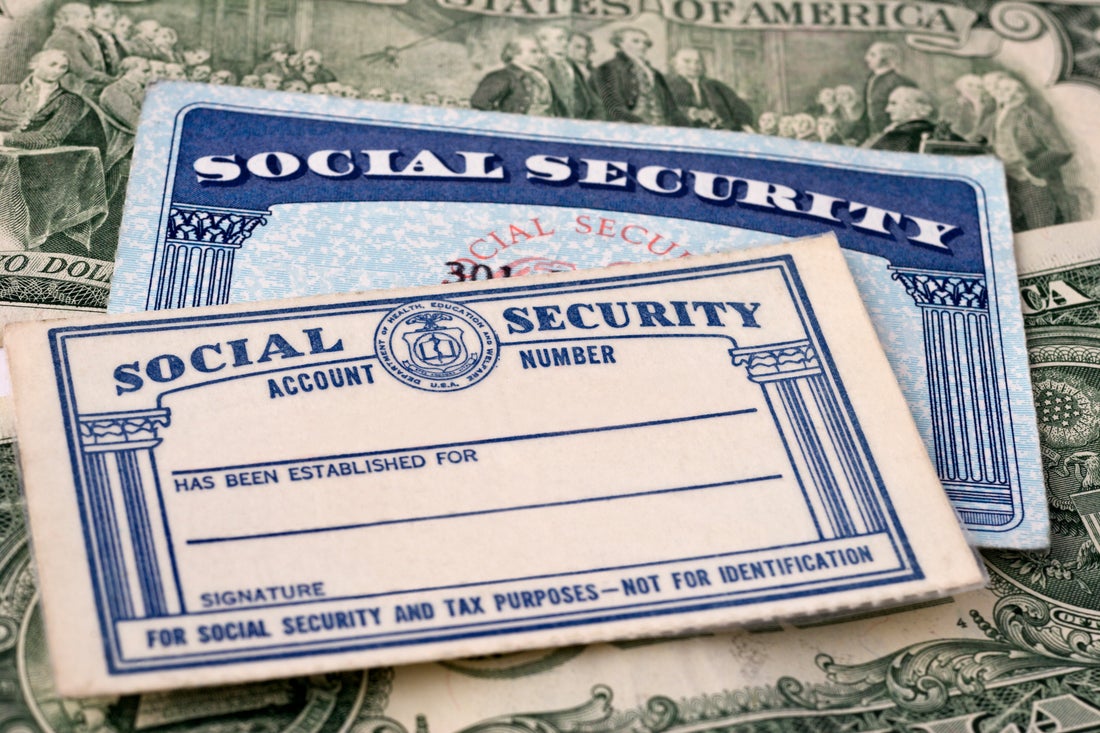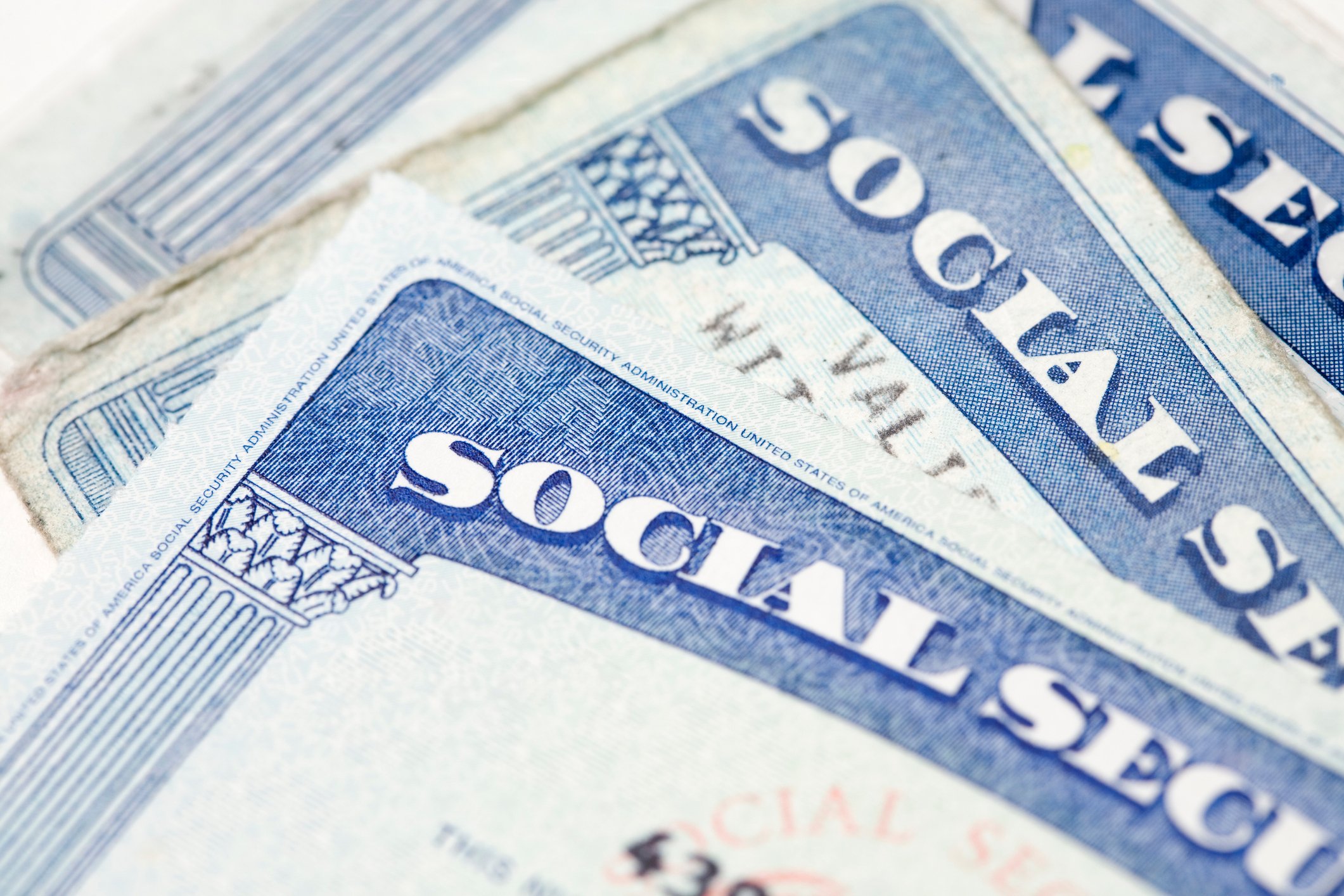Retirement requires loads of planning, and it's never too early to double-check that you're on the right track. If you wait too long to get your plans in order, you could be in trouble.
Exactly what you should be doing right now to prepare depends on your time line. When you're a decade away from retirement, there are a few important moves to make now to ensure you'll be ready when the time comes.
1. Review your asset allocation
Asset allocation refers to how your investments are divided within your portfolio -- specifically, how much of your portfolio is allocated to stocks versus bonds.

Image source: Getty Images.
As you get closer to retirement, your asset allocation should shift to become more conservative. If you're investing all your money in stocks and the market crashes just before you retire, that could throw a wrench in your plans.
A general rule of thumb is to subtract your age from 110, and the result is the percentage of your portfolio allocated to stocks. So, for example, if you're 50 years old, this guideline would suggest allocating around 60% of your portfolio to stocks and 40% to bonds.
The right asset allocation for you will also depend on your risk tolerance. Bonds generally experience lower returns than stocks, but they're less affected by market volatility. If you're especially risk-averse, you may want your portfolio to lean more conservative to be safe.
2. Check your Social Security benefit
For millions of retirees, Social Security is a substantial source of income. When you know approximately how much you can expect to receive in benefits, it will be easier to determine whether your savings are on track.
To check your future benefit amount, you'll first need to create a mySocialSecurity account online, if you haven't done so already. From there, you can check your statements for an estimate of your benefits based on your real earnings throughout your career.
Keep in mind that over the next decade, this number could change -- especially if your income changes dramatically between now and retirement.
Also, this estimate is the amount you'll receive if you file at your full retirement age. If you plan to begin claiming benefits before or after that age, it will affect how much you'll collect each month.
3. Make sure you have a plan for healthcare
You won't become eligible for Medicare until age 65, so if you're expecting to retire before that, you'll need a backup plan in place. A few options include:
- Staying on your spouse's plan: If your spouse will continue working, you may be entitled to health insurance through their plan. This is the most affordable option, but if you and your partner are retiring together, it may not be feasible.
- Using COBRA insurance: When you leave your job, you may be able to keep your current healthcare coverage through COBRA insurance. The catch is that it's usually much more expensive than what you're paying now, and you can generally only keep this insurance for up to 18 months.
- Buying individual health insurance: If these options aren't a good fit, you can also opt for an insurance plan through the Health Insurance Marketplace. An individual insurance plan is easier to customize based on your budget and needs, but costs can vary widely -- making it more difficult to plan for.
While it may be unrealistic to accurately budget for health insurance when you're 10 years from retirement, it's still wise to keep these costs on your radar so they don't take you by surprise.
Planning for retirement can be challenging, as there are countless factors to consider. But by preparing as much as possible now, you can set yourself up for a more comfortable retirement down the road.





